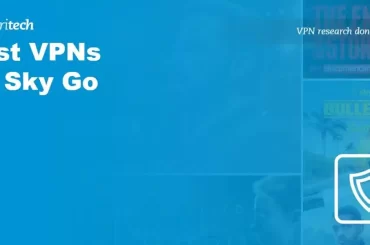With the rapid advancement of Artificial Intelligence (AI) technology, deepfakes and AI-generated text have become more sophisticated and harder to detect. Deepfakes are computer-generated images, videos, and audio recordings that mimic the appearance and sound of real people. They can be used to create fake news, propaganda, and hoaxes. Similarly, AI-generated text is computer-generated content that mimics human writing. This technology is often used to create fake news articles, spam messages, and other forms of fraudulent content. In this article, we will explore how to detect deepfakes and AI-generated text.
Understanding Deepfakes and AI-Generated Text
Before we dive into the methods of detecting deepfakes and AI-generated text, it’s important to understand how they work. Deepfakes are created using deep learning algorithms that use large amounts of data to learn how to mimic human behavior. These algorithms are trained on real images, videos, and audio recordings of people to create realistic-looking deepfakes.
Similarly, AI-generated text is created using natural language processing (NLP) algorithms that can generate human-like writing. These algorithms are trained on large amounts of text data to learn how to mimic human writing styles.
Methods for Detecting Deepfakes
- Use Reverse Image Search
One of the easiest ways to detect deepfakes is to use a reverse image search tool. This tool allows you to upload an image and search for similar images on the internet. If the image is a deepfake, it’s likely that it will not appear in any other search results.
- Look for Inconsistencies
Deepfakes often have subtle inconsistencies that can give them away. For example, the lighting and shadows in the deepfake may not match the rest of the video, or the facial expressions may not match the audio.
- Analyze Facial Movements
Deepfakes often have unnatural facial movements that are difficult to replicate. By analyzing the facial movements in the video, you can detect whether it’s a deepfake or not.
- Use AI Tools
There are several AI tools available that can detect deepfakes. These tools use machine learning algorithms to analyze videos and images and identify any inconsistencies or anomalies.
Methods for Detecting AI-Generated Text
- Use Plagiarism Checkers
One way to detect AI-generated text is to use plagiarism checkers. These tools compare the text to a large database of existing content to see if there are any matches. If the text is AI-generated, it’s unlikely that it will match any existing content.
- Look for Unnatural Phrasing
AI-generated text often has unnatural phrasing that can give it away. Look for sentences that are grammatically correct but don’t make sense in the context of the article.
- Check for Consistency
AI-generated text often lacks consistency in writing style and tone. Look for changes in writing style or tone throughout the article.
- Use AI Tools
There are several AI tools available that can detect AI-generated text. These tools use machine learning algorithms to analyze the text and identify any inconsistencies or anomalies.
Conclusion
As AI technology continues to advance, deepfakes and AI-generated text will become increasingly sophisticated and harder to detect. However, by using the methods outlined in this article, you can increase your chances of detecting deepfakes and AI-generated text. Remember to use reverse image search, look for inconsistencies, analyze facial movements, use plagiarism checkers, look for unnatural phrasing, check for consistency, and use AI tools to detect deepfakes and AI-generated text.
FAQs
- What is a deepfake?
A deepfake is a computer-generated image, video, or audio recording.
- What are the risks associated with deepfakes?
Deepfakes can be used to spread false information, deceive people, and damage reputations. They can also be used for cybercrime and blackmail.
- Can deepfakes be used for positive purposes?
While deepfakes are often associated with negative outcomes, they can also be used for positive purposes such as in the film industry or to create educational content.
- How can individuals protect themselves from deepfakes?
Individuals can protect themselves from deepfakes by being vigilant about the content they consume and by using the methods outlined in this article to detect deepfakes.
- How can businesses protect themselves from AI-generated text?
Businesses can protect themselves from AI-generated text by using plagiarism checkers, reviewing content for inconsistencies and unnatural phrasing, and by using AI tools to detect fraudulent content. It’s also important for businesses to train employees on how to detect and report fraudulent content.




